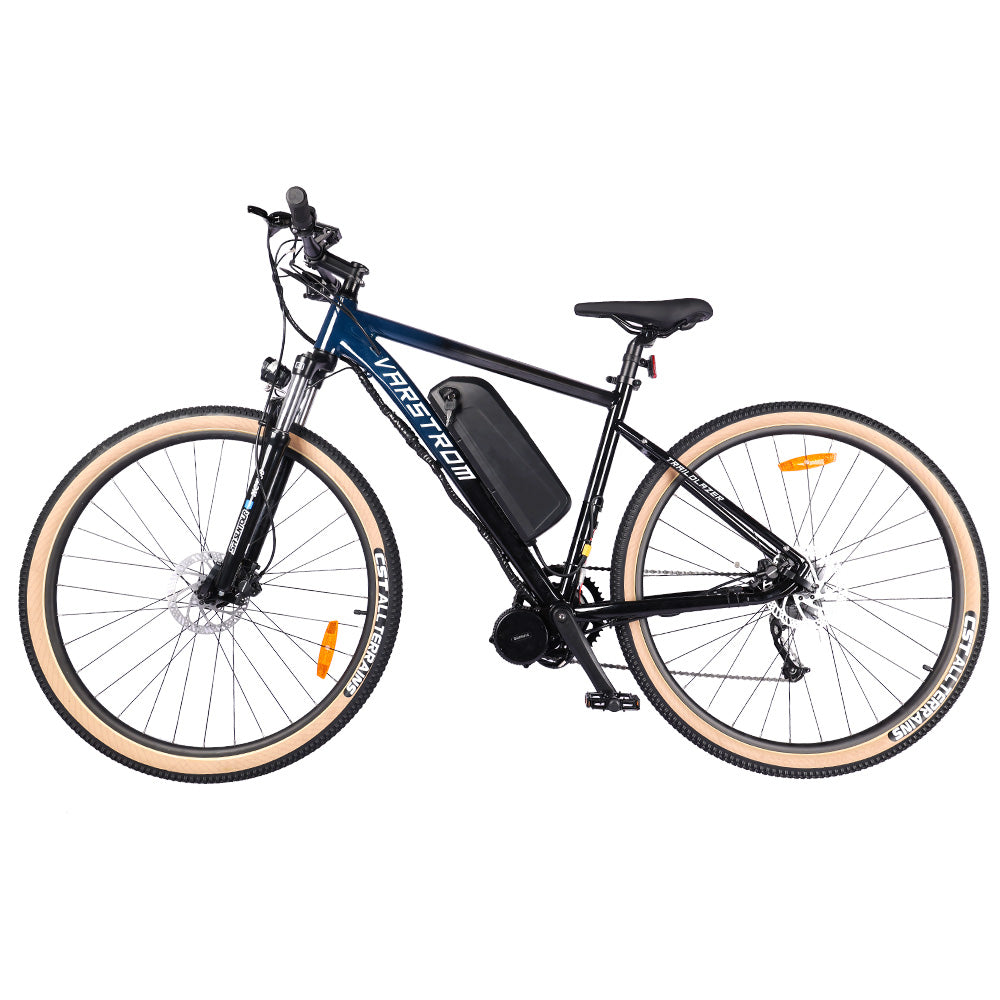
Introduction
In recent years, the popularity of electric bikes (e-bikes) has surged, offering a sustainable and efficient alternative to traditional bicycles. However, for the adventurous and tech-savvy individuals, the allure of a DIY electric bike project is irresistible. Building your own electric bike not only allows for customization but also provides a deep understanding of the technology behind it. In this article, we will guide you through the exciting world of DIY electric bikes, exploring the components, steps, and benefits of creating your personalized two-wheeled electric companion.
Understanding the Basics
The Frame: Your Canvas
The foundation of any DIY electric bike project is its frame. You can either convert an existing bike or start from scratch. Consider factors like weight, material, and design. Aluminum frames are popular due to their lightweight nature, but steel frames are more robust. Ensure the frame is compatible with the type of motor and battery you plan to use.
Selecting the Right Motor
Choosing the right motor is a crucial step in your DIY electric bike journey. Hub motors are the simplest, located in the wheel hub and requiring minimal modification to the bike. Mid-drive motors, situated near the bike’s pedals, offer better balance and efficiency but are more complex to install. Decide based on your desired power, speed, and budget.
Powerful Batteries for Endurance
The heart of any electric bike is its battery. Lithium-ion batteries are the standard choice due to their energy density and longevity. Consider factors like voltage and capacity, balancing the need for power with the weight it adds to your bike. Many DIY enthusiasts opt for battery packs that can be easily removed for charging.
The DIY Electric Bike Assembly
Integration and Wiring
Once you have your components, it’s time to integrate them into a cohesive system. This involves mounting the motor, securing the battery, and routing the necessary wiring. Ensuring a clean and organized wiring setup not only improves aesthetics but also facilitates maintenance.
Adding the Brain: Controllers and Throttles
Controllers act as the brains of your DIY electric bike, regulating the power flow from the battery to the motor. Throttles, whether twist-grip or thumb, allow you to control the speed. Carefully connect these components, ensuring they are compatible and calibrated for a smooth riding experience.
Fine-Tuning for Performance
Before hitting the road, it’s crucial to fine-tune your electric bike for optimal performance. Adjust the motor settings, check for any loose connections, and ensure the battery is securely fastened. Take the time to understand how the motor responds to different inputs to maximize efficiency and battery life.
Benefits of a DIY Electric Bike
Customization: Tailoring to Your Needs
One of the primary advantages of a DIY electric bike is the ability to customize every aspect according to your preferences. From the frame design to the level of assistance provided by the motor, you have complete control over your ride.
Cost-Effectiveness
While commercially available electric bikes can be expensive, a DIY project allows you to control costs by selecting components based on your budget. You can choose affordable yet reliable parts, making electric biking an accessible option for a broader range of enthusiasts.
Educational Experience
Building a DIY electric bike is a fantastic learning opportunity. It provides hands-on experience with electronics, mechanics, and overall bike dynamics. As you troubleshoot and solve problems during the assembly process, you gain a deeper understanding of how electric bikes function.
Sustainability and Eco-Friendliness
By repurposing an existing bike and using eco-friendly lithium-ion batteries, DIY electric bikes contribute to a sustainable transportation solution. Reduce your carbon footprint while enjoying the benefits of electric mobility.
Safety Considerations
Wear the Right Gear
Safety should always be a priority. Invest in a good quality helmet, gloves, and knee and elbow pads. Electric bikes can reach higher speeds than traditional bicycles, so it’s crucial to protect yourself in case of accidents.
Follow Legal Regulations
Ensure your DIY electric bike complies with local regulations. Different areas may have specific rules regarding the power and speed of electric bikes. Familiarize yourself with these regulations to avoid legal issues.
Conclusion
Embarking on a DIY electric bike project is an exciting journey that combines technical know-how with the joy of riding. As you assemble your personalized electric bike, revel in the satisfaction of creating a unique mode of transportation tailored to your needs. Not only does it offer a cost-effective and sustainable alternative, but it also provides a valuable learning experience. So, gear up, charge your batteries, and get ready to ride into the future on the wheels of your own creation.
Also Read: Costco Electric Bikes